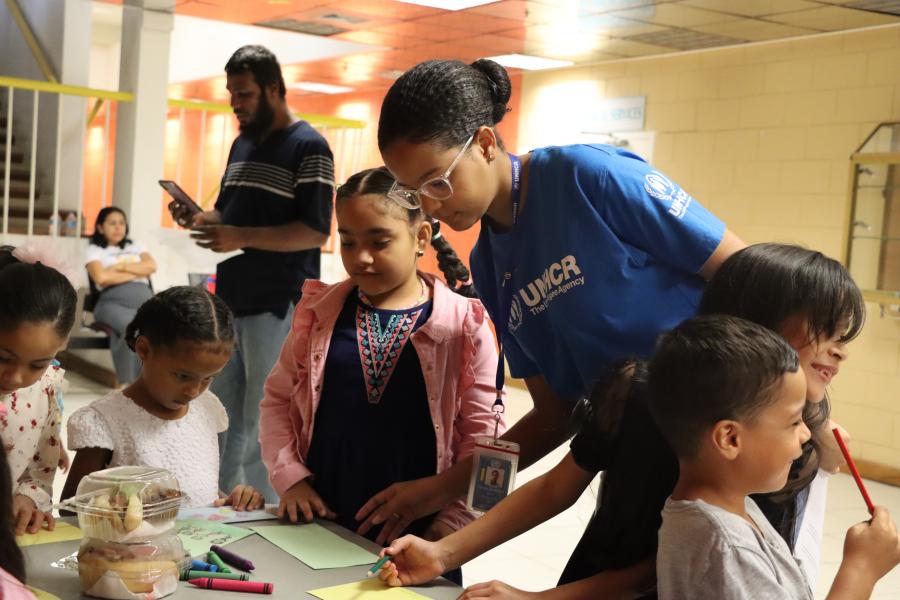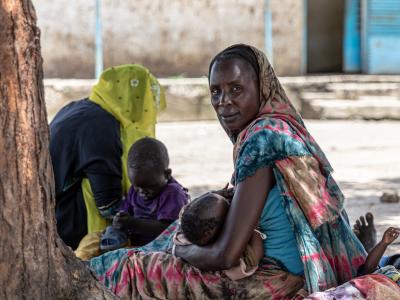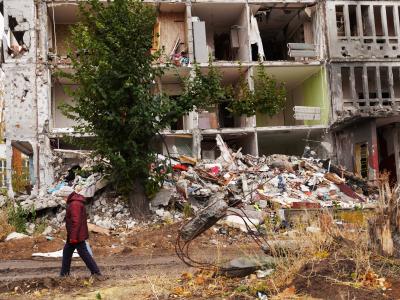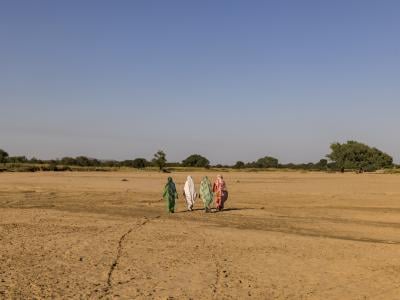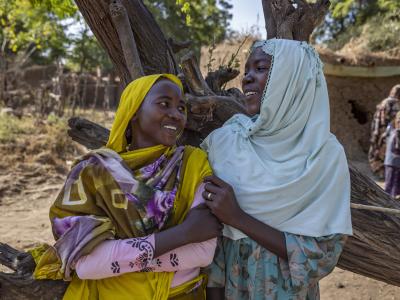Global financial needs amount to $236 million (-7% vs 2024 current budget)
The number of forcibly displaced children reached around 47 million in 2023 and is expected to keep rising in 2024 and 2025. Children who have been forced to flee or who are stateless are exposed to many risks, including violence, trafficking, detention and death. In 2025, UNHCR will implement its new Child protection policy, advocate for the inclusion of refugees in national child protection systems, support birth registration, and provide child protection services where national institutions cannot.
Core Outcome Indicators
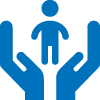
Proportion of children at heightened risk who are
supported by a Best Interests Procedure

Proportion of children who participate
in community-based child protection programmes

Proportion of unaccompanied and separated children
who are in an alternative care arrangement
Core Output Indicators
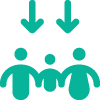
Number of children and caregivers who received child protection services*
2024 Mid-year progress: 636,000
*70 country operations reporting
Financial overview
